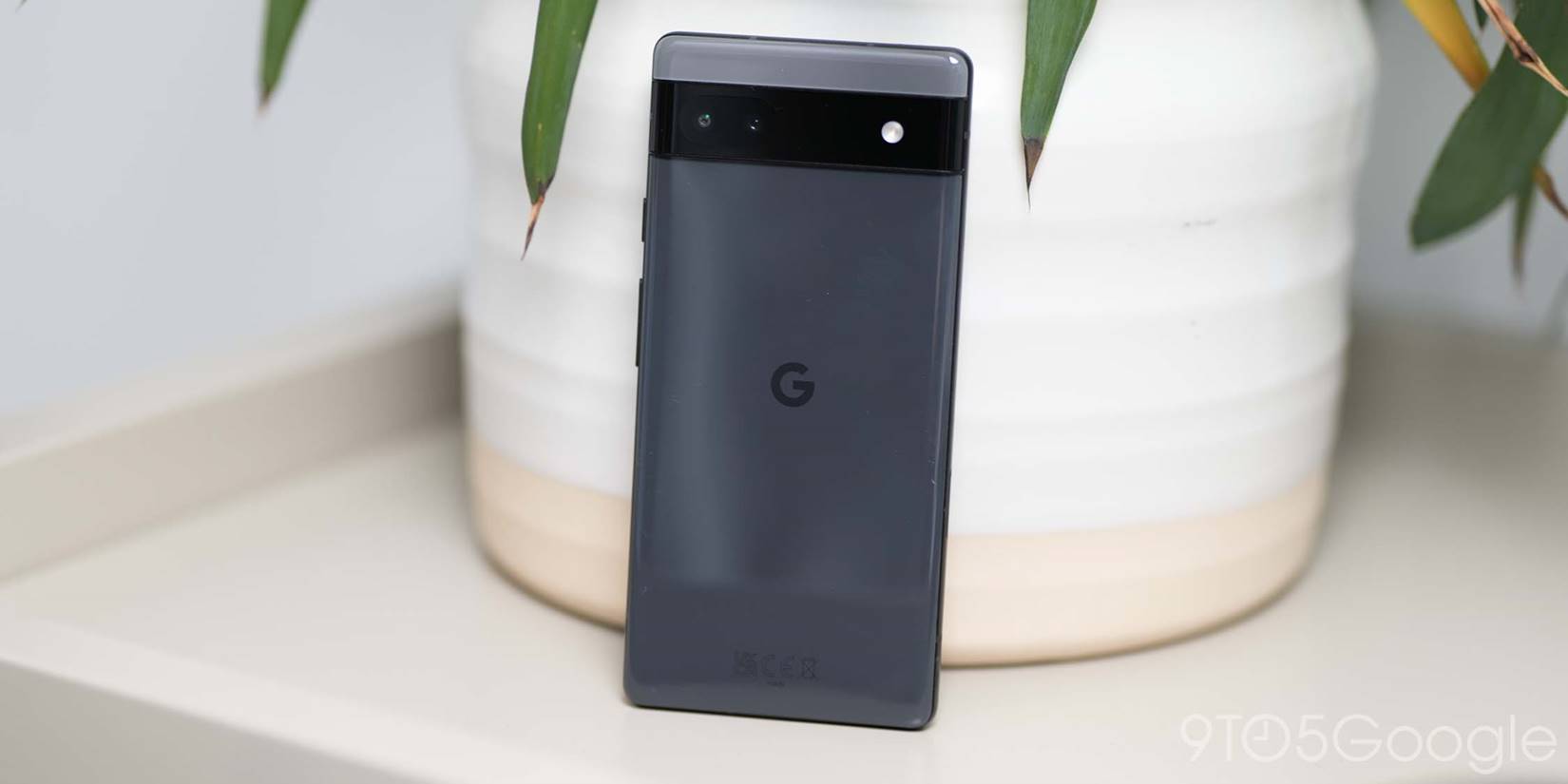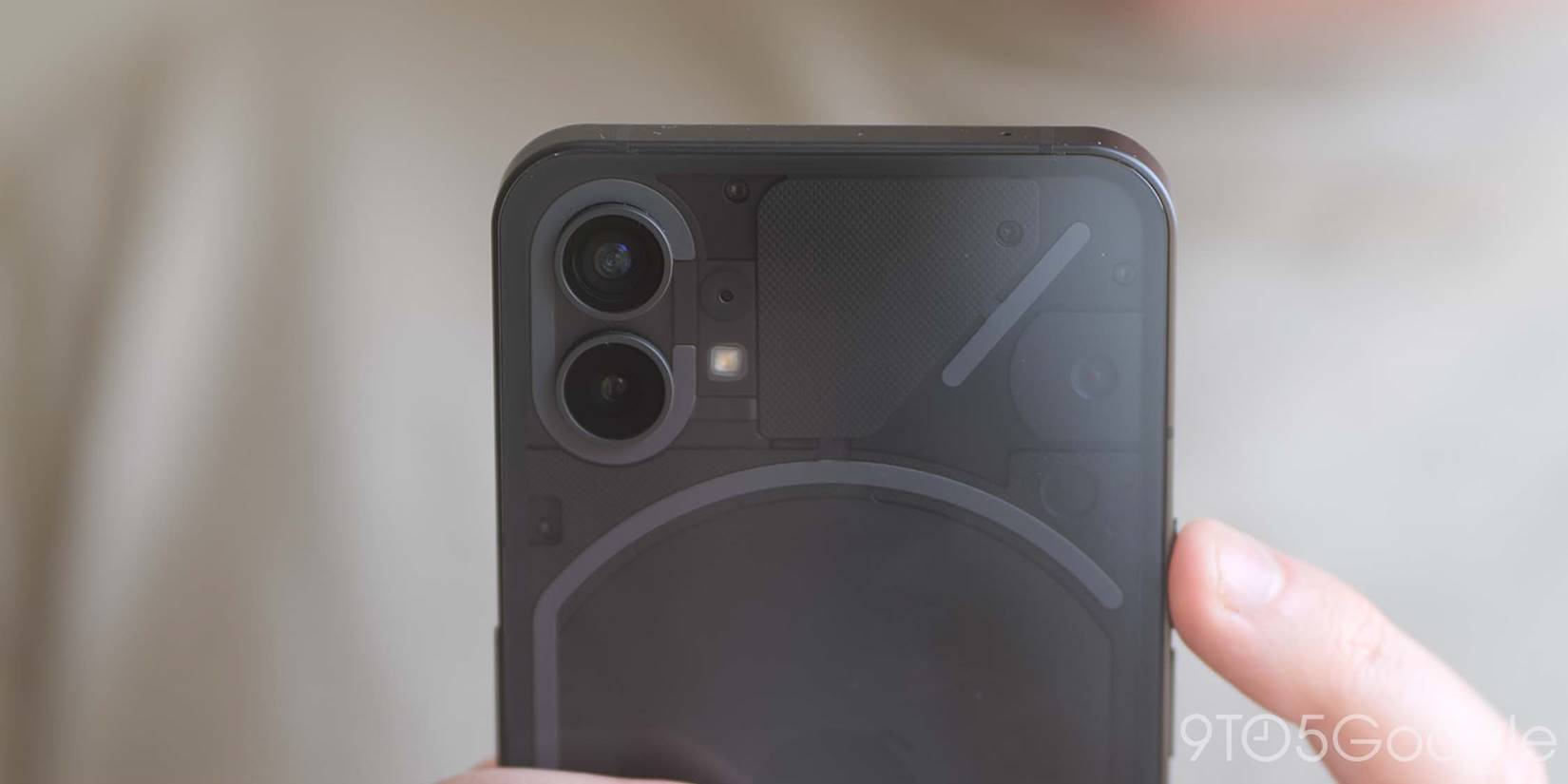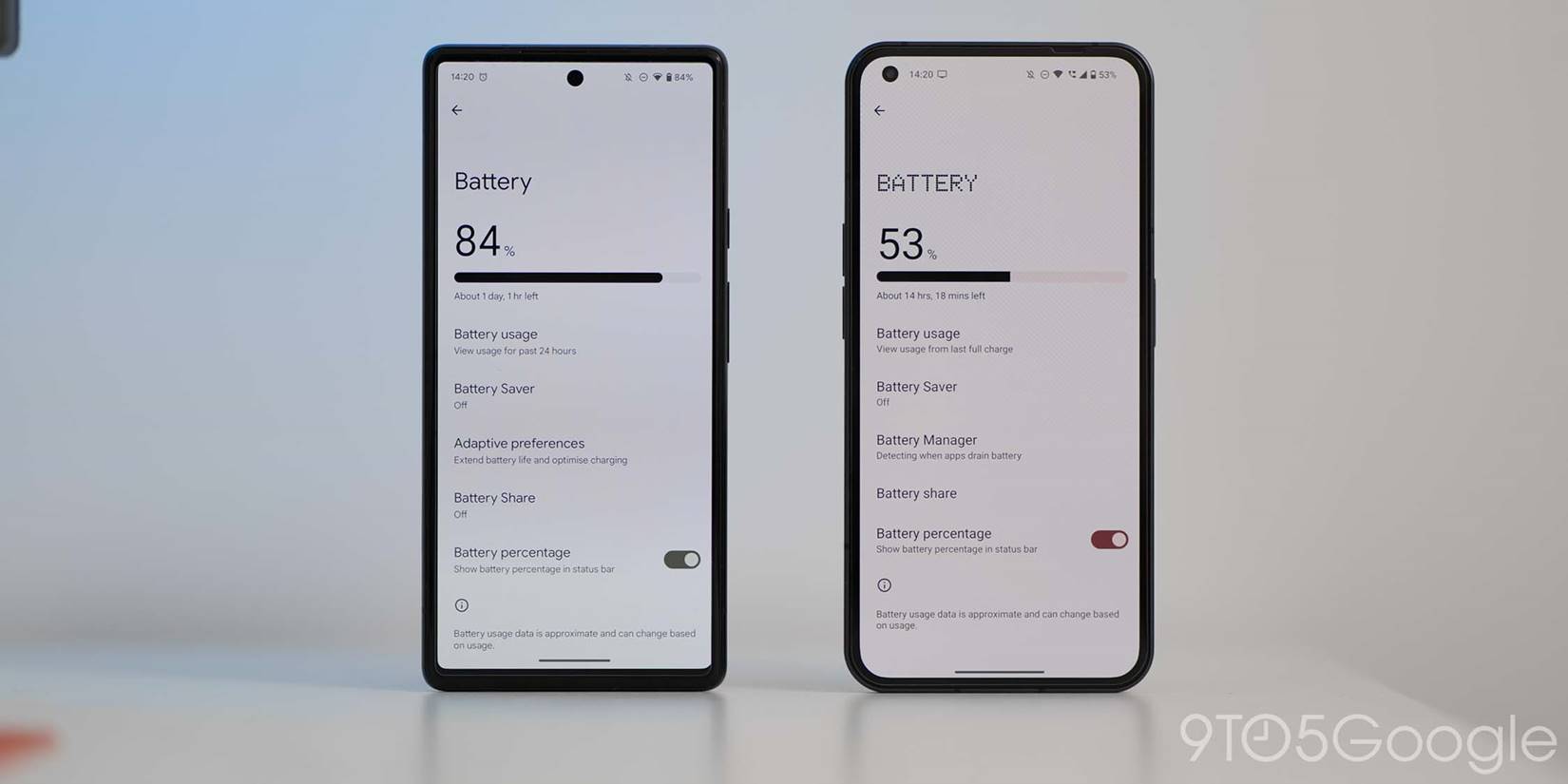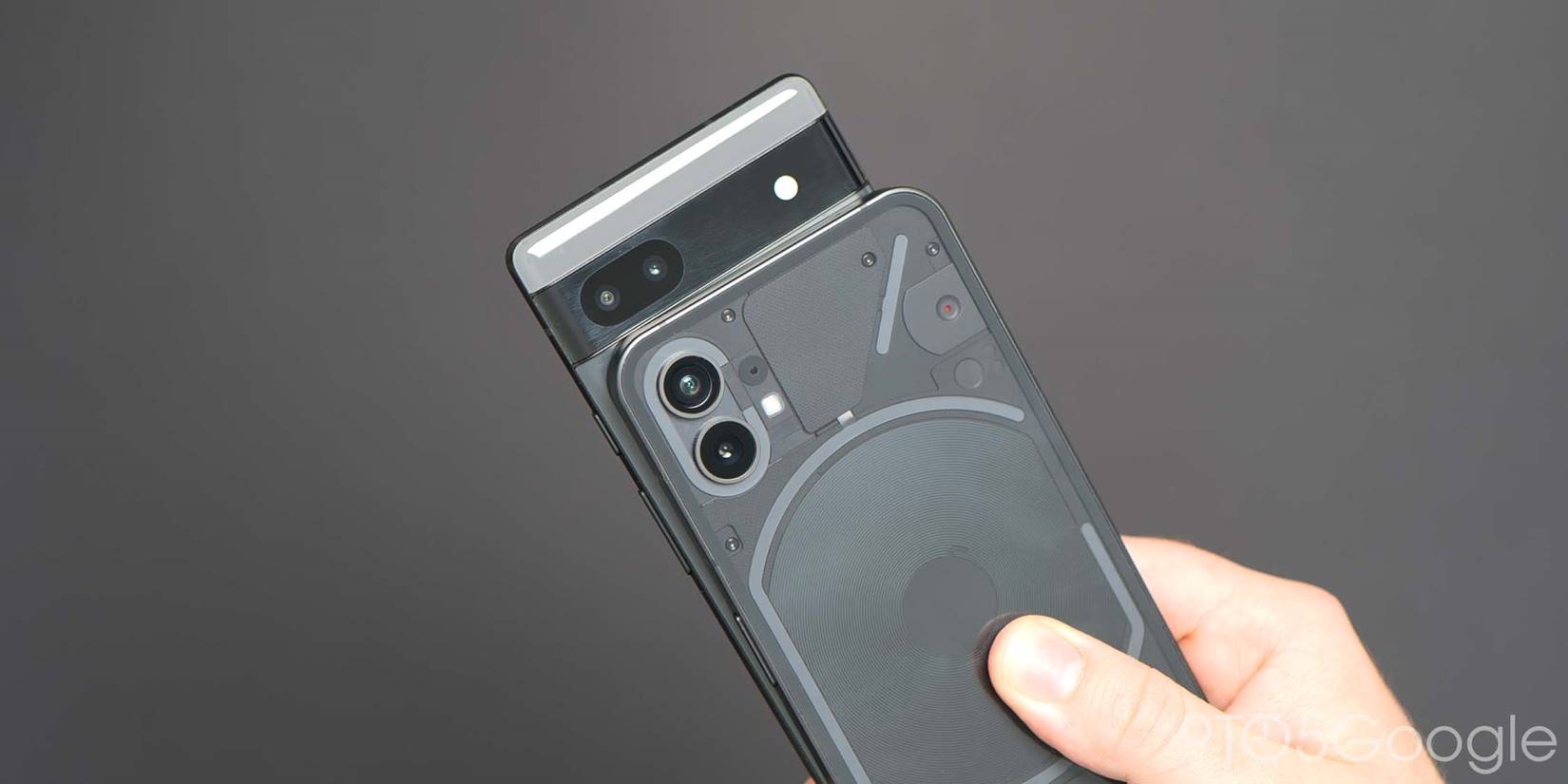The Pixel 6a faces fierce competition in certain locations from gadgets like the Nothing Phone (1). How does Google’s most recent mid-range device compare? Just how it compares is shown here.
The global market is flooded with high-quality, reasonably priced Android phones, but depending on where you live, your options may be more constrained. On July 21, the Pixel 6a was formally introduced, and since then, pre-orders have become available. The Nothing Phone (1), however, is Carl Peis’s first smartphone to be released after OnePlus.
The first Nothing device has arrived on the market with low specifications and some unusual lighting effects, despite earlier rumors that it would debut as an outright flagship. The $449 Pixel 6a is sent into orbit by the sub-$500 price because of the identical software and timely release schedules. Which is a better investment? Here is all the information you require.
Hardware Software Battery Camera Pixel 6a vs. Nothing Phone (1): Which should you choose? Subscribe to 9to5Google on YouTube for more videos
HARDWARE When items are side by side, it’s incredibly simple to turn your attention or focus to Nothing’s one and only smartphone release to date. It’s undoubtedly a striking smartphone that incorporates a few Apple design cues while also adding some mystery thanks to the glass backplate and the visually arresting Glyph lighting. Given that it’s an affordable Android, the materials are undoubtedly what we’d consider premium.
Thanks to the black camera bar and dual-tone colors, the Pixel 6a is intriguing in its own right, but it is also more compact and lightweight due to the polycarbonate frame. The screen is 6.1 inches in size, which is obviously much smaller. Not only that, but the refresh rates and display quality also varied significantly.


The 6.55-inch OLED screen on Phone 1 offers a fluid 120Hz refresh rate. In addition, it has uniform bezels on all sides, which the Pixel 6a lacks despite having low bezels around its own screen on all sides. Given that the screen is easily scratched and that the Phone (1) uses Gorilla Glass 6, Google’s use of Gorilla Glass 3 is somewhat disappointing. Both phones have flat displays, which is perfect for a gesture-based UI, as you’ll be happy to hear.
The internals are undoubtedly inconsistent, but the Pixel 6a outperforms the Nothing Phone (1) at least in terms of power thanks to Google’s flagship Tensor processor. Nothing’s first smartphone appears to be a more alluring prospect until you start comparing the other internals, such as the base RAM allocation and the maximum storage space.
The Pixel 6a offers an IP67 water and dust resistance rating, which is significant if you are concerned that your phone might be harmed by a brief submersion. Unfortunately, the Nothing Phone (1) only has IP53 water and dust protection, which is sufficient to fend off light rain or water sprays.
Additionally, Google delivers the Pixel 6a in more colors than the phone does (1). The 6a is offered in Chalk in addition to a Sage and Charcoal. The Phone (1), meanwhile, comes in both black and white variations and has Glyph-lighting LED strips at the back of each.
SOCIAL

Given that Nothing has chosen to build upon AOSP, there are many significant similarities between Nothing OS and Android 12 on Pixel, even though Google’s version of Android is not the most feature-rich. If you are unfamiliar with either software build, it is actually rather challenging to tell these two versions of Android 12 apart.
The Quick Settings panel on Phone (1) now has two persistent toggles for Bluetooth and Internet settings, among other novel changes. Material You are also present, and the colors and tones in your background have been used to theme the whole user interface of your smartphone. On the Nothing Phone (1), it isn’t quite as extensive as it is on the Pixel 6a. You won’t get colored lockscreen widgets, but if you dislike substantial changes like those sometimes found in OEM skins, this will suffice.
There are many functions on the Pixel 6a that mainly rely on the Google Tensor processor. Live translation, voice typing with Google Assistant, and an increasing number of Pixel Feature Drop updates are all standard on Pixel. The Phone (1) contains many of the same basic functions as other smartphones but also has some unique characteristics of its own. For notifications and even the rear camera, the majority of these are connected to the Glyph lighting strips on the device’s back. The NFT tracker widgets, Tesla Quick Settings controls, and software-based Face Unlock are all included in Nothing OS 1.1.0.
The more potent Tensor processor and how on-device workloads are managed are what account for the noticeable differences between Android 12 on the Pixel 6a and Nothing Phone (1). The available long-term support makes a significant difference.
You’ll receive the same number of OS updates, and both devices are anticipated to be supported through Android 15. While Nothing offers four years of bimonthly security updates, Google is delivering five full years of regular monthly security fixes. Because of this, the Pixel 6a has a longer lifespan.
CHARGER


Having capacities of 4,410mAh and 4,500mAh, respectively, neither gadget has a significant capacity differential. The Pixel 6a’s smaller 60Hz screen would have been expected to provide longer daily lifespans, but it doesn’t seem to be the case. Each device should last a whole day, but if you use it heavily for things like gaming, you might have trouble.
Because the Snapdragon 778G CPU in the Nothing Phone (1) has been customized, 15W Qi wireless and 5W reverse wireless charging are possible while they are not with other chipsets. In general, charging speeds are far faster than those of the Pixel 6a, which only has 18W of cable charging. It’s important to note that neither gadget comes with a charger. On top of that, a Quick Charge 4.0 compliant power brick is required to get 33W wired charging speed.
Cannon

The Nothing Phone (1) offers two 50-megapixel back camera sensors if you want or are interested in a high-resolution camera arrangement. The Pixel 6a’s lack of the superb 50-megapixel sensor found on the original Pixel 6 is understandable given its lower pricing. Instead, the nearly obsolete Sony IMX 363 sensor is brought out once more, but because to four years of software optimization, it is still functional.
The main wide, ultrawide, and selfie cameras all have improved hardware on the Phone (1). Although the Pixel 6a not only competes in most situations, but also outperforms them thanks to its superior software tuning and post-processing.
It overshadows the Phone (1)’s camera capability when you add in a variety of Tensor-backed features including Real Tone for correct skin tone exposure, Face Unblur, Live HDR video, and 4K UHD at up to 60fps. It’s still a good structure, and the Pixel series is completely devoid of an Expert Mode. You can also access diffused lights using glyph lighting without using a harsh, glaring LED flash.

0
The most popular options are catered to, including Portrait Mode, long-exposure Night Modes, plus an ultrawide macro option. Nothing has stuck to basic camera functions. While HDR recording modes are only available in 1080p, 4K UHD video is limited to 30 frames per second.
Which phone should you choose between the Pixel 6A and the Nothing Phone 1?

1
Regarding upgrading: 9to5
Google frequently makes suggestions for particular products. Due to numerous factors, such as increased device cost, insignificant performance increases, or environmental impact, we may occasionally advise against updating. Although the choice to upgrade is always yours, we want to give you all the information you need to make an informed choice.
The Pixel 6a and the Nothing Phone both have a lot going for them (1). For the majority, the clean Android operating system will be a crucial element that sets the pair apart from many other, more spec-heavy gadgets. It is important to remember that if you prioritize raw specifications over design and usability, you can get more for your money. The Poco F4 is a good example, but you’ll need to reside in an area where the Xiaomi phone is sold.
If you live in a place where you can access the plethora of amazing inexpensive phones from brands like Oppo, Xiaomi, OnePlus, and many more, then the Nothing Phone (1) and Pixel 6a could seem particularly lackluster. This is the root of the problem when talking about budget Android smartphones.
A smartphone is made up of more than just its internals, though. If you enjoy Android as Google intended, then this pair offers a fantastic opportunity to get a pure flavor without paying the price. As an alternative, we’d advise simply looking at the Google Pixel 6. At $599 because it’s a superior purchase overall in almost all regards.
The Pixel 6a is available for $449 off contract from the Google Store , Amazon , Hardware 0, Hardware 1, Hardware 2, and Hardware 3. The Nothing Phone (1) may be purchased from a few select European merchants, but if you’re eager to import it to the US—something we don’t recommend—you can get it through Hardware 4.
FTC: We employ automatically earning affiliate connections. Hardware 5
Hardware 6






